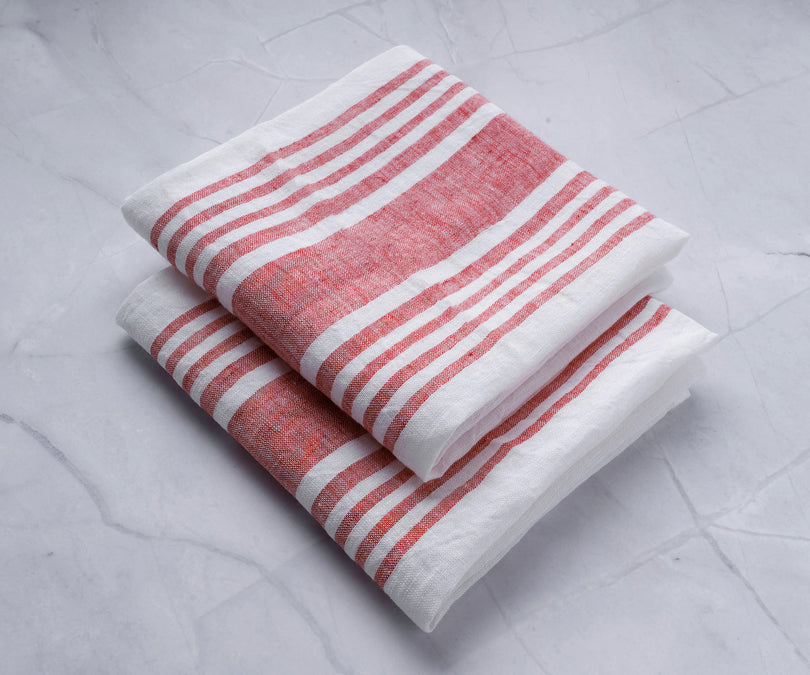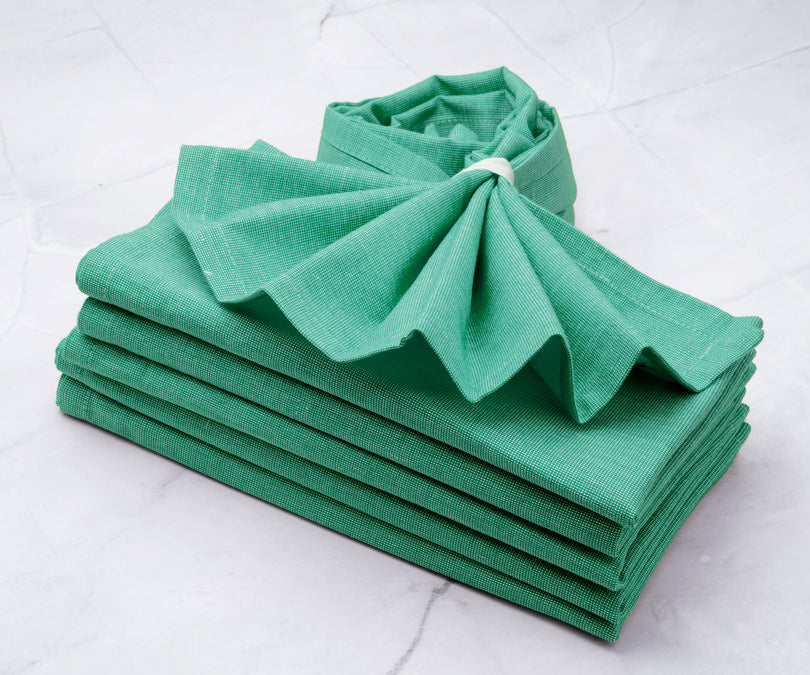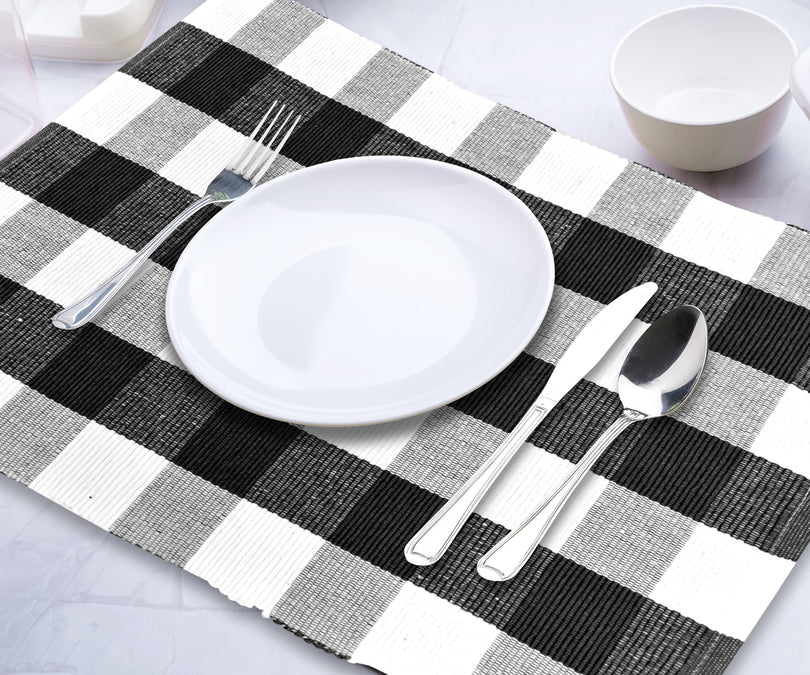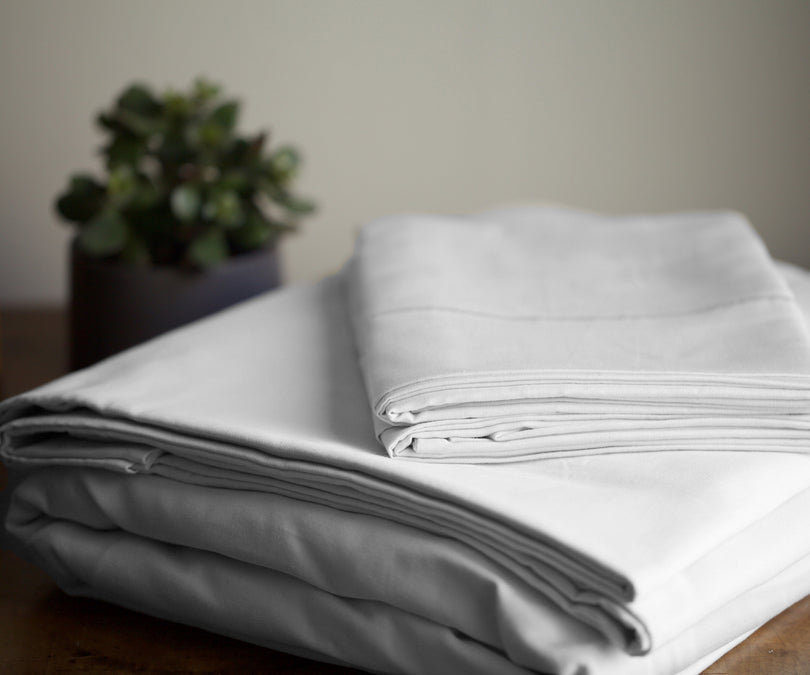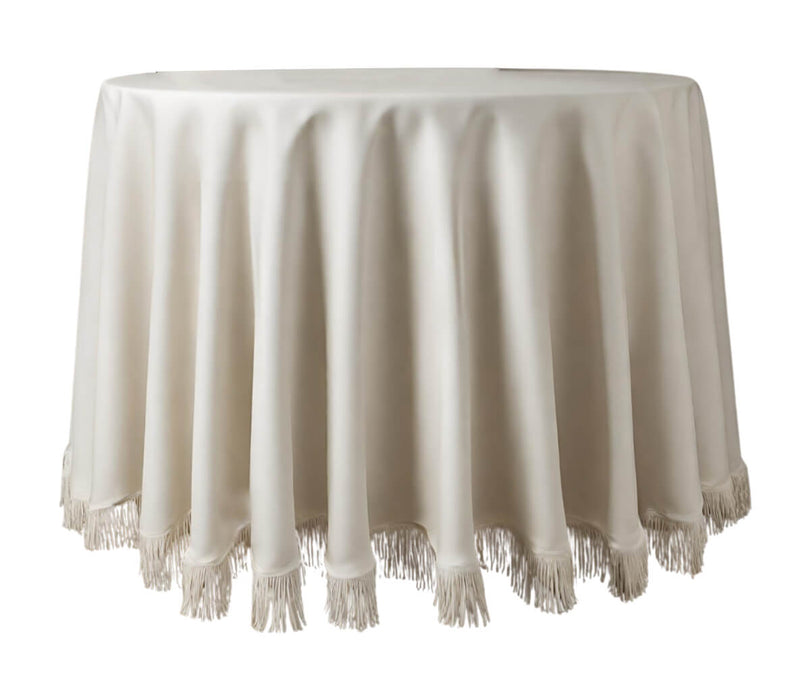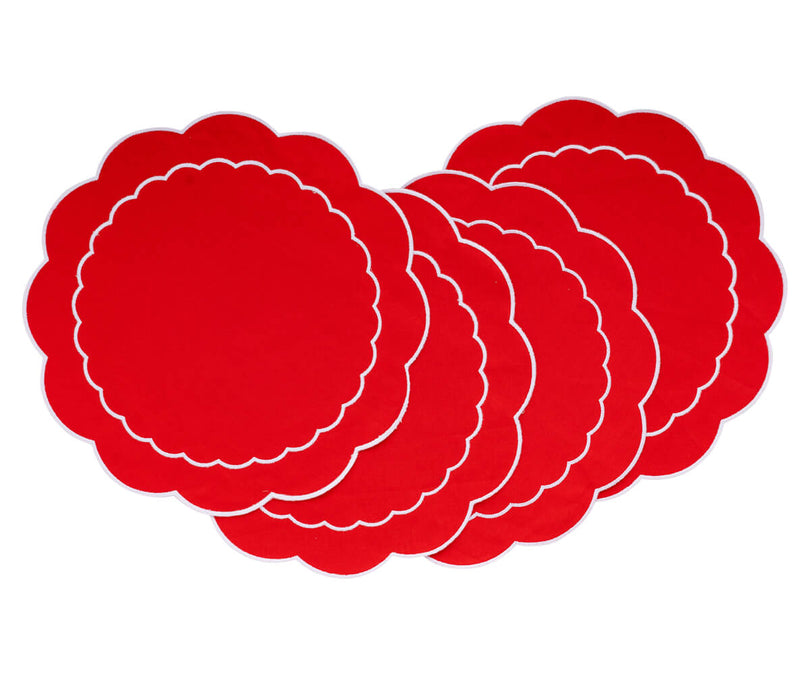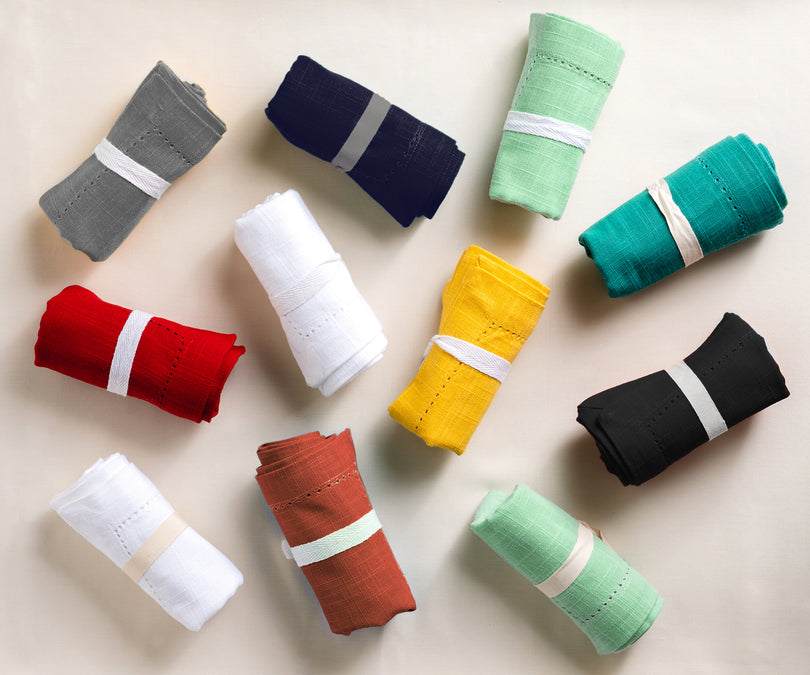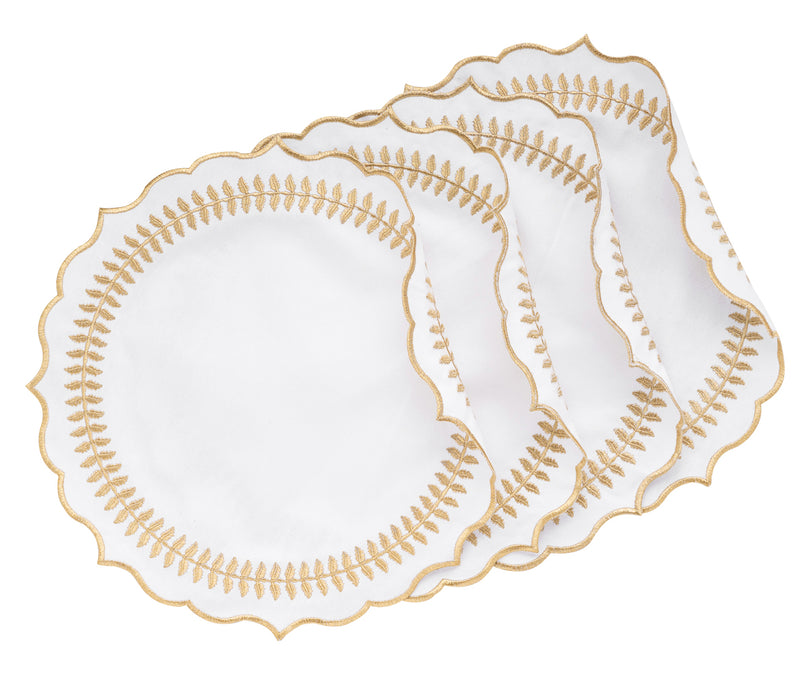
The Process of Manufacturing Napkins
As previously mentioned, producing cotton napkins has a significant environmental impact. To put it into perspective, each 28-gram cotton napkin generates over one kilogram of greenhouse gas emissions and requires 150 liters of water. In contrast, paper napkins contribute only 10 grams of greenhouse gas emissions and usage of 0.3 liters of water. In comparison, linen napkins produce 112 grams of greenhouse gas emissions and utilize 22 liters of water.

Washing Napkins
Considering an average washing machine, the laundering process of each napkins cloth results in approximately 5 grams of greenhouse gas emissions from the electricity consumption of the motor, along with a water usage of about 1/4 liter. It's important to note that the laundry soap utilized during washing can have potential environmental effects on aquatic life. However, you can mitigate these impacts by adopting eco-friendly practices such as washing in cold water and opting for biodegradable and phosphate-free laundry soap.

Drying Napkins
The drying process of cloth napkins contributes approximately 10 grams of greenhouse gas emissions for each napkin. However, it's worth noting that you can eliminate these emissions by opting for line drying. One undeniable advantage of paper napkins is that they eliminate the need for washing and drying, avoiding associated emissions and water usage.


